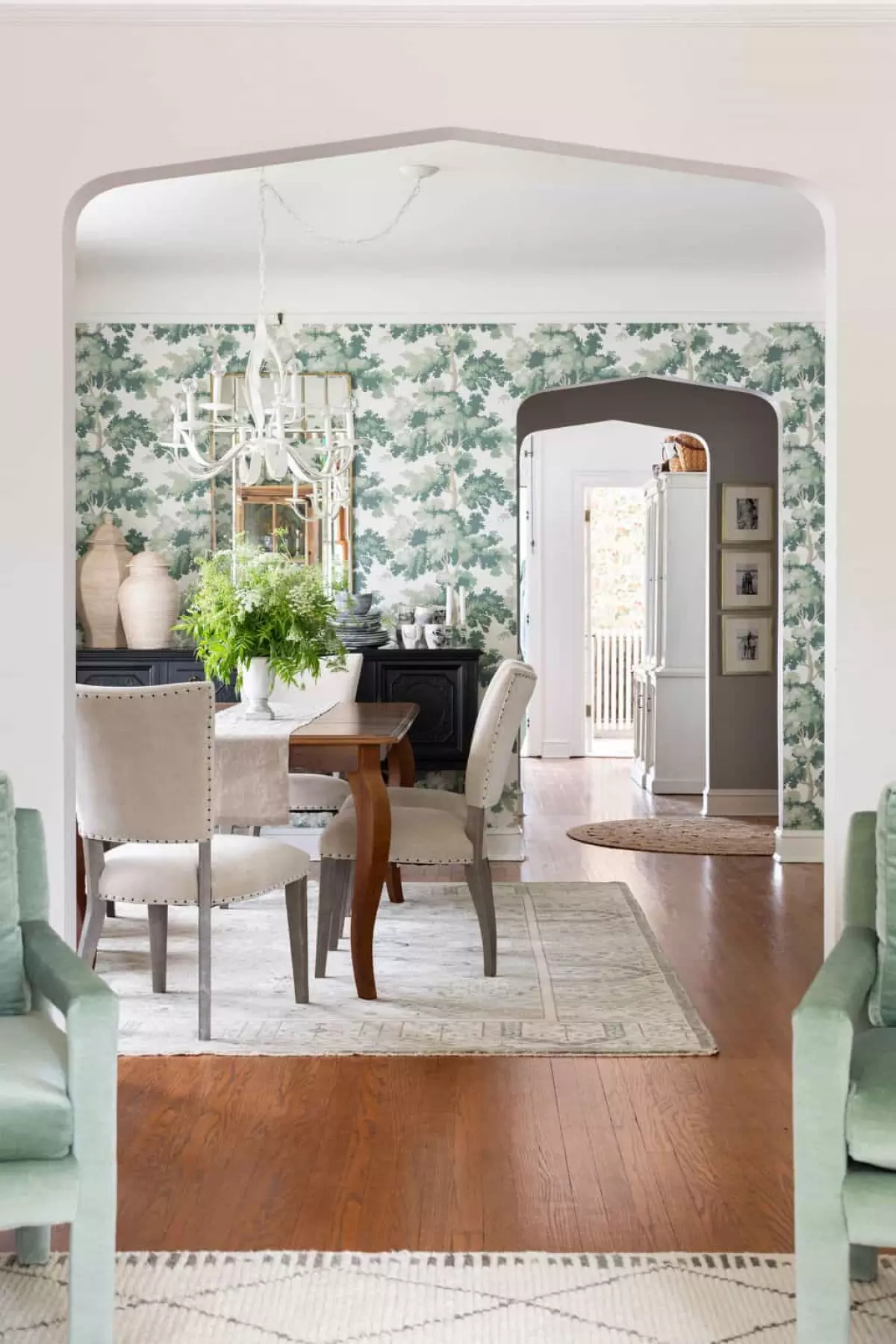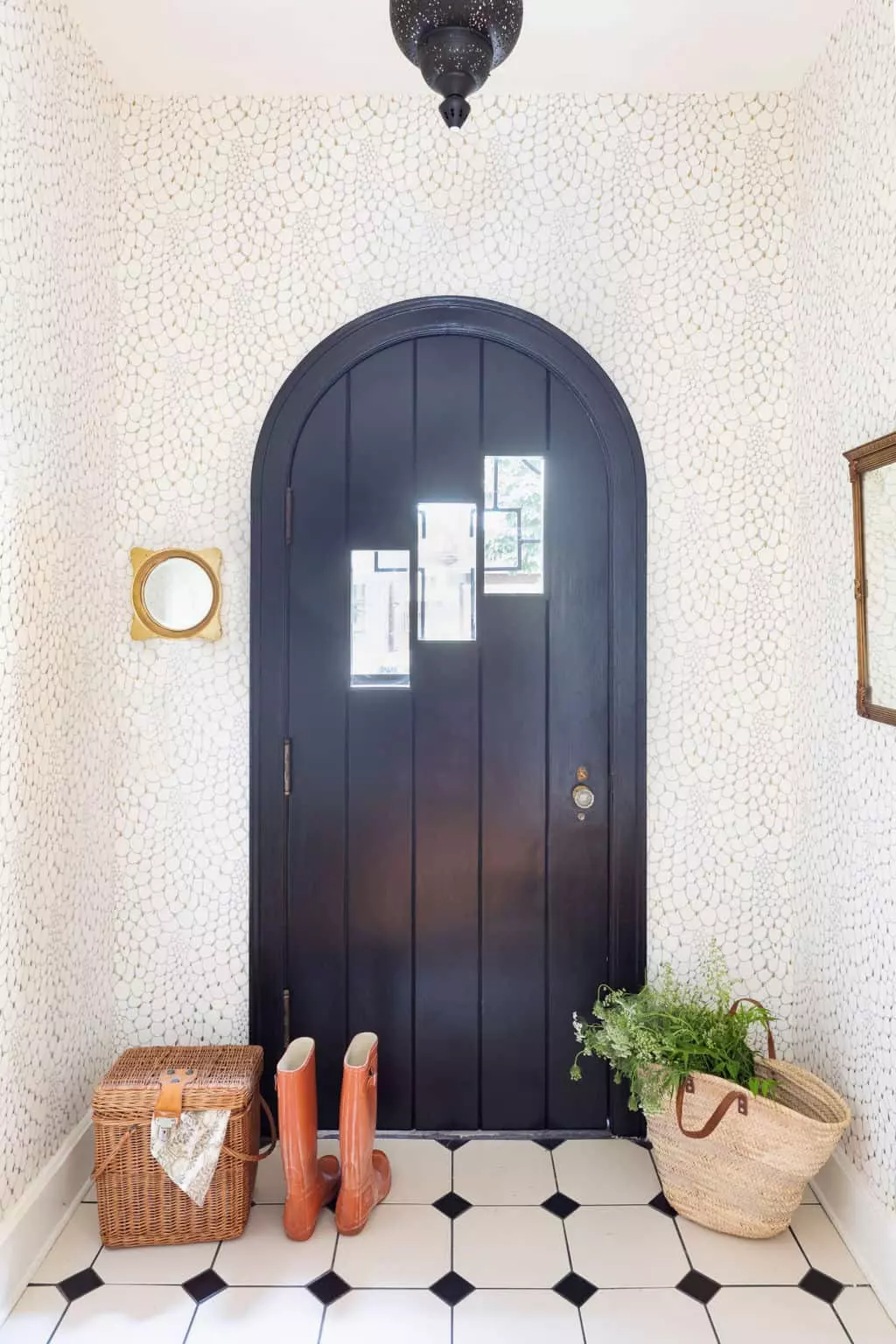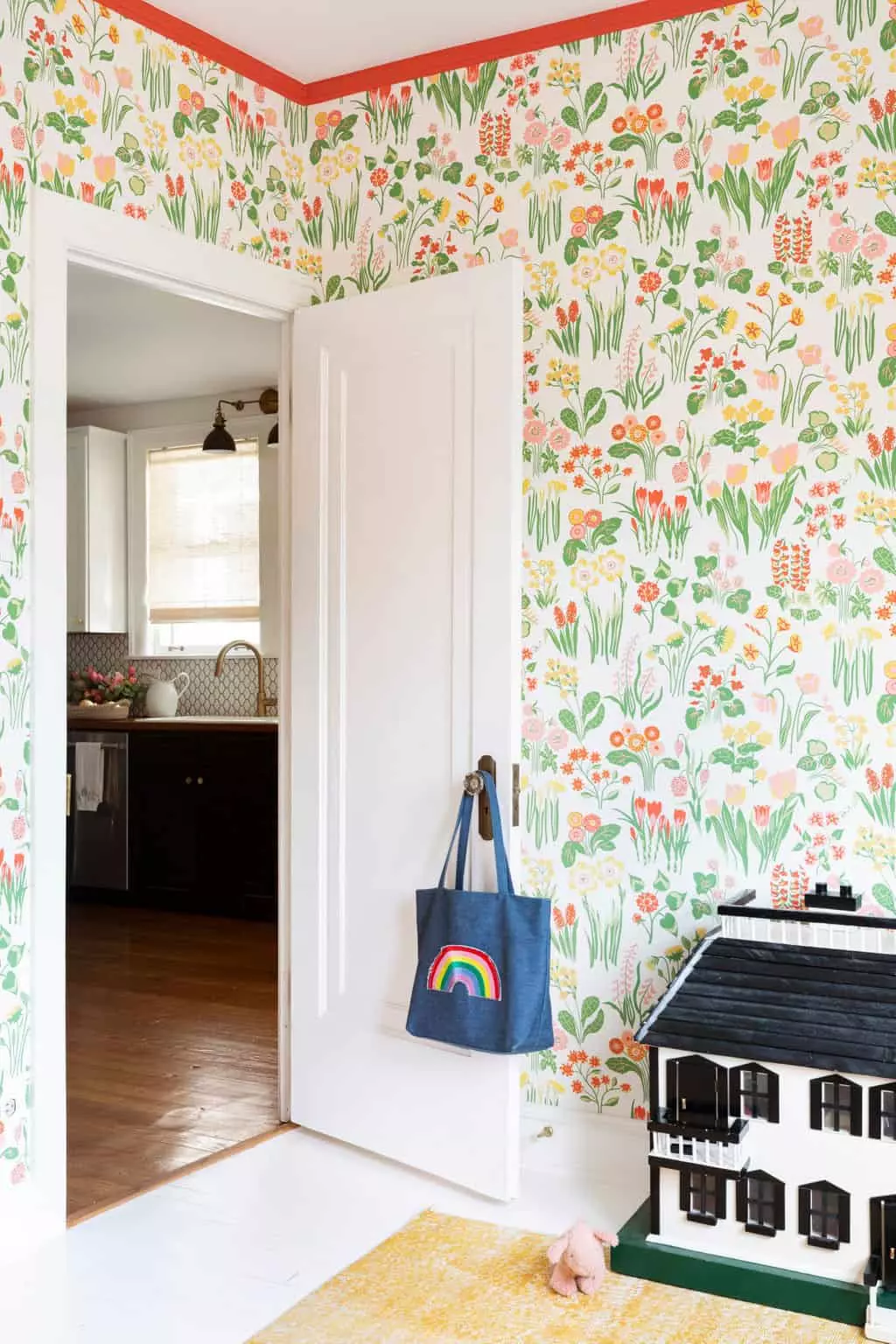Your home's architecture is like a storybook, narrating its own unique history and style. It serves as a foundation for your interior design choices, influencing the overall aesthetic and feel of your living space. Whether you're looking to preserve the original charm or bring a modern twist to an old house, understanding the architectural elements is key. In this guide, we'll explore how the architecture of your home can inform your design decisions and create a harmonious living environment.
Investigate Your Home's History
Before diving into any design choices, embark on a fact-finding mission to uncover the secrets of your home's past. Start by researching the year it was built and the architect behind its creation. This knowledge will provide valuable insights into the style and features of your home. Take it a step further by exploring the historical context of the era and location in which your home was constructed. By connecting with the architect, you may even gain a deeper understanding of their design philosophy and inspirations.
Walk through every nook and cranny of your home, paying attention to unique details that might be true to the time period or architect's style. Look for original moldings, door and cabinet hardware, ceiling details, tiles, and stained glass windows. Each of these elements contributes to the architectural story of your home. For example, if you own a Frank Lloyd Wright house, it's important to delve into his design portfolio and the influences behind his architectural choices.
Harmonizing with Hard Goods and Surfaces
Now that you know the history and details of your home, it's time to incorporate this knowledge into your design. Consider the "hard goods" or permanent aspects of your home, such as its architectural features and structural elements. Do you want to accentuate the original details with intricate moldings or a carved fireplace? Or do you prefer a more contemporary look with clean lines? Elements like tile, lighting, cabinetry, and millwork come into play here. When making design choices, ensure consistency throughout your home to create a harmonious flow.
Ask yourself questions like whether to paint the original trim or incorporate recessed lighting. Painting the trim can give a fresh look to an old house, while leaving certain elements in their original state can preserve its character. If you choose to add lighting, do so sparingly and with intention to maintain the integrity of the time period. Drawing inspiration from the era in which your home was built can guide you in making color and tile pattern choices that complement the overall architectural style.
 Vintage church door used as a primary bedroom door in a Chicago home.
Vintage church door used as a primary bedroom door in a Chicago home.
Renowned interior designer Jessica Helgerson, based in Portland, Oregon, expertly combines historical architecture with playful and bright modern design. Her approach showcases the original beauty of a space while ensuring a seamless integration of old and new elements. Follow her on Instagram for a wealth of design inspiration.
Choosing Soft Goods and Furnishings
Soft goods, such as furnishings and decor, offer another layer of creativity for your home design. There are various approaches you can take, depending on your personal style and preferences. You can create a "time capsule" by selecting items that reflect the original era of your home. Alternatively, you can mix vintage pieces with modern furnishings for an eclectic aesthetic. Some may even choose to juxtapose modern styles with the detailed architecture of an old house.
When decorating an old house, a mix of old and new furniture forms and architectural details often yields the most captivating results. Consider consulting with an interior designer to guide you in making these decisions. They can help you strike the right balance between preserving historical elements and infusing your personal style into the space.
A Glimpse Into a Personal Journey
In my own bungalow, I paid homage to its era by incorporating Hollywood Regency and Art Deco shapes and finishes. Diamond motifs, brass sconces, and a black-and-white entry tile all added a touch of vintage charm. We also respected the original architecture by recreating arched passageways into other areas of the home. This transformation brought a sense of unity and historical authenticity to the space.
 Black-and-white entry tile preserving the original character.
Black-and-white entry tile preserving the original character.
 Recreated archway in the kitchen, honoring the original architecture.
Recreated archway in the kitchen, honoring the original architecture.
Do you have any questions about how the architecture of your home should influence your design? Are you more inclined to embrace the era's style or experiment with contrasting elements? Share your thoughts in the comments below or get in touch with Centered by Design for personalized design assistance.

















![7 Best Sites for Advertising Rental Property Listings [Free + Paid]](https://saigonintela.vn/uploads/images/blog/admin/2024/02/15/7-best-sites-for-advertising-rental-property-listings-free-paid-thumb-1707966641.webp)